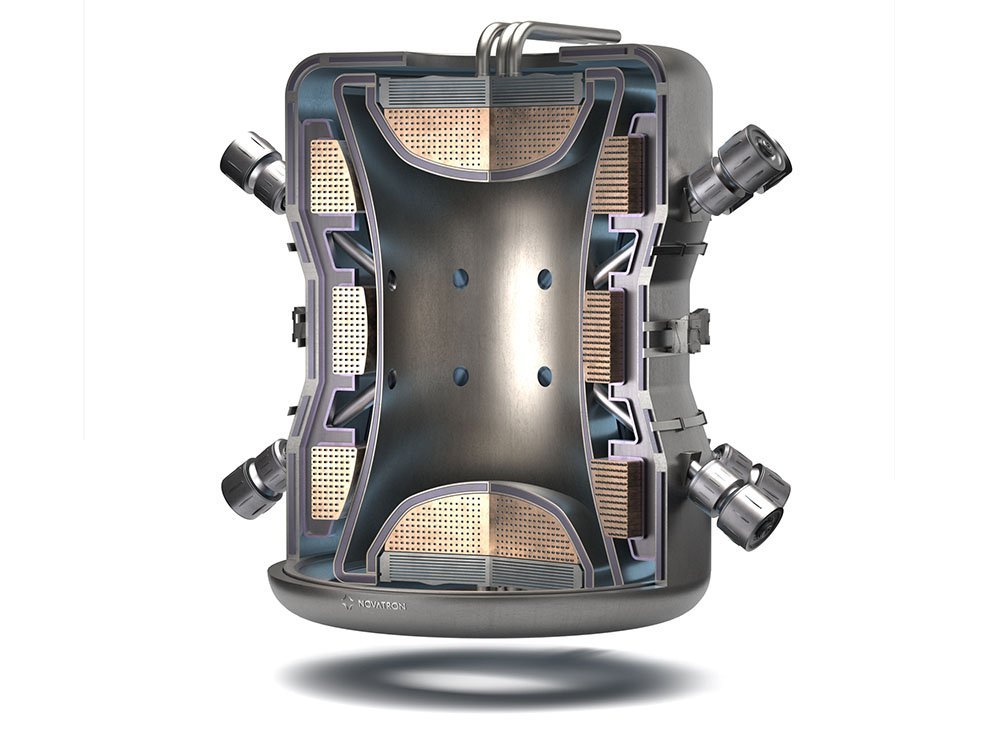GOVERNMENT
Sweden increases investment in fusion energy

KTH Royal Institute of Technology a public university in Stockholm, Sweden has announced that it will make a joint investment in fusion power with Novatron Fusion Group AB and EIT InnoEnergy. The purpose of the work is to evaluate new technology intended to stabilize fusion plasma—matter that exceeds 100 million degrees Celsius. 
Handling fusion plasma poses a key challenge before fusion power can be realized as a stable and sustainable energy solution. Neither steel nor any other material can withstand the material’s extreme heat.
In France, the ITER fusion reactor stabilizes plasma through a process involving powerful magnets and advanced controls. The KTH-Novatron-EIT InnoEnergy collaboration however will evaluate a solution in which the plasma is naturally kept stable. More fusion scientists and a large number of trained fusion energy engineers will be required.
“We believe that this international collaboration is an important prerequisite for the university’s success,” says Lisa Ericsson, head of KTH Innovation. Ericsson is one of the KTH teams involved in the collaboration around the new technology, which KTH alumnus Jan Jäderberg is developing in the newly-formed company, Novatron Fusion Group.
Peter Roos, CEO of Novatron Fusion Group says: “We are proud to work in partnership with KTH Royal Institute of Technology and EIT InnoEnergy on fusion power as the sustainable energy source for the future. It highlights the scientific importance of the Novatron concept, and it will provide us with further access to state-of-the-art technology, leading research in plasma physics, and supercomputer simulations capabilities.”
The collaboration’s aim is to enable fusion on a large commercial scale so that it can be developed into a sustainable energy solution for the future when the need for electricity is expected to continue growing.
“It is important to point out that the technology faces experimental verification,” says Stefan Östlund, vice president for Global Relations at KTH and professor of Electric Power Engineering.
Östlund says that if the technology meets expectations, it could produce fusion energy more simply and cheaply than other solutions currently being tested. KTH would then be one of the players involved in making this possible via expanded fusion research and a significant increase in education in fusion technology,
Ericsson says that investment is important from the perspective of both KTH and Sweden. She says that Commonwealth Fusion Systems, a spin-off company at the Massachusetts Institute of Technology (MIT), has contributed to interest in MIT around fusion energy, which has led to the formation of a number of new fusion-related companies and research projects.
“This collaboration strengthens KTH's role both in fusion research and innovation development,” Ericsson says. “If this works, it will lead to the emergence of a completely new global industry starting at KTH.”
Östlund says he is satisfied with the collaboration between KTH and EIT InnoEnergy. For example, he mentions the innovation work via KTH Innovation and education in the form of successful master's programs.
“It has proven to be very rewarding for both parties. The example of Novatron and fusion technology is another collaboration that can develop into something highly valuable,” Östlund says.
Diego Pavia, CEO of EIT InnoEnergy, says: “Transforming a technical breakthrough into a viable and commercial solution requires indeed a range of skills, resources, and expertise that can only be achieved by bringing different partners together. We are pleased to announce this collaboration.”
